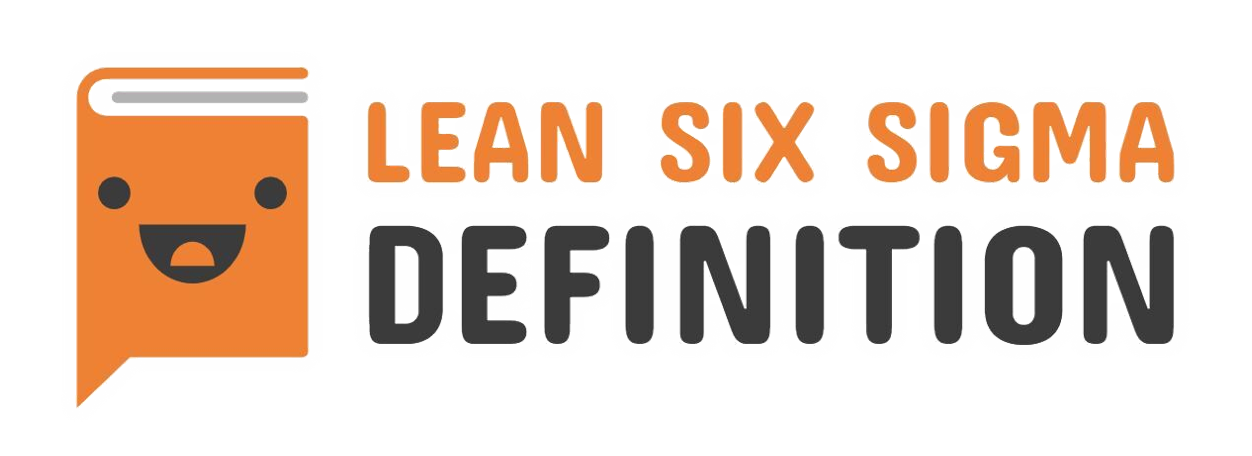Kanban

A signaling system (often with colored cards) based on consumption, which is set up to replace items only when the customer takes the previous item, creating a pull instead of push system.
It’s a Japanese word which means sign (kan) board (ban).
In the diagram above, the process is controlled, so that parts move only when there is an open spot in the kanban to put your work. If no spot exists, then no work should be done, and the team should go help solve the problem that is preventing work from being done upstream.
Kanban was developed and implemented into Toyota in 1963, based on observations made in the United States at a Piggly Wiggly grocery store, which replenished items on the shelf that were recently purchased by customers. It became an integral part of the Toyota Production System to control inventory costs and space without the risk of running short on materials.
One of the simpler approaches for kanban is called a 2-bin system, developed during World War II when producing British Spitfire aircraft.
The idea is that while one bin is in use, the other bin is being replenished or refilled. This video below explains it in much detail.
Another approach to kanban is through personal work management, using a Personal Kanban board, where you manage the amount of projects and tasks assigned to you, so you don’t get overwhelmed and can stay focused on getting those tasks completed quickly.
Influenced
Links
Books
- Toyota Production System: Beyond Large-Scale Production
- Personal Kanban: Mapping Work | Navigating Life
Additional Resources
- Kanban Training and Research– creativesafetysupply.com
- Using Kanban to Reduce Waste and Inventory– blog.5stoday.com
- Kanban Cards – Six Essential Types– lean-news.com
- Basic Overview of Kanban– iecieeechallenge.org
- Identify Bottlenecks, Improve Flow, & Eliminate Waste with Kanban– blog.creativesafetysupply.com
- The History of Kanban– creativesafetypublishing.com
- Using Kanban to Improve Manufacturing Flexibility– hiplogic.com
- Using Kaizen with Kanban– jakegoeslean.com
- The Relationship Between House Care And The Kanban System– kaizen-news.com

